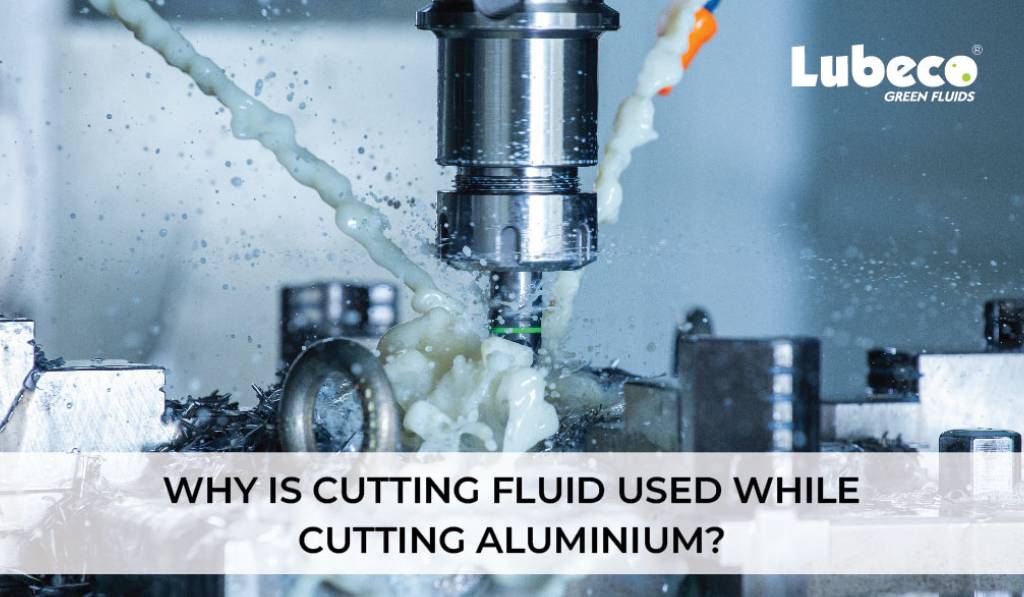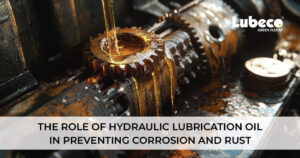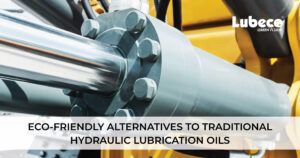Cutting aluminium requires the right tools, settings, and, importantly, the ideal cutting fluid to ensure smooth, clean cuts and protect the workpiece and cutting tool.
Ideally, straight oils with a base composition of petroleum or mineral oil in an undiluted form are best for the process of cutting aluminium.
Aluminium is a soft metal that is prone to ‘galling’ or sticking to cutting tools, which can lead to rough edges, tool damage, and poor surface finish. The right cutting fluid not only helps reduce friction and heat but also minimises buildup and prolongs tool life.
Let’s explore the types of cutting fluids that work best for aluminium and offer tips on choosing the right one for your needs.
Why is Cutting Fluid Important for aluminium?
Aluminium is a softer metal compared to steel but has a tendency to adhere to the cutting tool. This buildup can create friction, generate heat, and affect the accuracy of cuts. A proper cutting fluid for aluminium:
1. Reduces Friction and Heat
Aluminium cutting generates heat that can warp the metal and damage cutting tools. Cutting fluid reduces heat buildup.
2. Prevents Material Buildup
Certain types of cutting fluid prevent aluminium chips from sticking to the cutting edge, maintaining a clean, smooth cut.
3. Extends Tool Life
By lubricating the cutting surface and reducing wear, the right fluid prolongs tool life and improves efficiency.
4. Improves Finish Quality
Good cutting fluids help achieve a smooth surface, free from rough edges and imperfections.

Types of Cutting Fluids for aluminium
When cutting aluminium, it’s essential to select a cutting fluid that provides adequate lubrication without causing chemical reactions or leaving unwanted residues. Here are the best types of cutting fluids for aluminium:
1. Water-Soluble Oils
Water-soluble oils are a popular choice for cutting aluminium. These fluids are oil-based but can be diluted with water to achieve the right lubrication level and prevent overheating.
Advantages: Water-soluble oils offer excellent cooling properties, making them ideal for high-speed machining of aluminium. They also help minimise chip buildup on the cutting tool.
Regular maintenance of the solution concentration is essential, as it can dilute over time.
2. Synthetic Cutting Fluids
Synthetic fluids are water-based but contain synthetic additives to enhance lubricity and cooling.
Advantages: Synthetic fluids are typically clear, allowing better visibility of the cutting area, which is ideal for precision work. They have good cooling properties and resist microbial growth, which can extend the fluid’s lifespan.
Some synthetics may lack the lubrication needed for certain heavy-duty aluminium cutting tasks, so they are best suited for light to moderate machining.
3. Semi-Synthetic Cutting Fluids
Semi-synthetics combine both mineral oil and synthetic additives, offering a balance of lubrication and cooling.
Advantages: These fluids are ideal for applications where both high lubricity and cooling are needed. They help reduce friction and heat buildup, preventing aluminium from adhering to the cutting tool.
Semi-synthetics can be costlier than water-soluble and pure synthetic fluids, but they often provide better protection for challenging cuts.
4. Straight Oils
Straight oils are undiluted oils that provide high lubricity and are often used for heavy-duty applications.
Advantages: Straight oils offer exceptional lubrication and are excellent for machining operations with slow or moderate speeds where extreme pressure is applied. They minimise aluminium chip adhesion.
Straight oils do not cool as effectively as water-based fluids, which can lead to overheating in high-speed applications. They are typically used in low-speed or heavy-cutting tasks.
5. Vegetable-Based Oils
Vegetable-based oils are biodegradable oils derived from natural sources. They have high lubricity and are often mixed with additives for better performance.
Advantages: Known for their eco-friendliness and biodegradability, vegetable-based oils provide high lubrication, making them ideal for aluminium cutting. They also reduce environmental impact.
Vegetable oils can be more expensive than other types of fluids. They may also have a shorter shelf life, particularly if not stored correctly.
Best Practices for Choosing and Using Cutting Fluid for aluminium
Selecting the best cutting fluid depends on your specific application, including the speed, feed rate, tool type, and environment. Here are some tips to consider:
1. Match Fluid to Operation Type
For high-speed, precision cuts, a water-soluble or synthetic fluid may be best due to its cooling properties. For slower, heavy-duty applications, straight oil or semi-synthetics are recommended.
2. Consider Environmental Impact
Vegetable-based oils are a more sustainable option, ideal for applications where reducing environmental impact is a priority.
3. Maintain Proper Concentration
For water-soluble and semi-synthetic fluids, monitor the concentration levels regularly to ensure they provide the necessary cooling and lubrication.
4. Check Compatibility with Tools and Equipment
Some fluids can react with tool materials or components within the machining system. Always verify that the fluid is compatible with both the aluminium alloy and the machine.
5. Ensure Good Visibility
For precision tasks, opt for transparent or low-viscosity synthetic fluids to ensure you have a clear view of the cutting area.
6. Use Antibacterial Additives if Needed
Water-based solutions can sometimes promote bacterial growth, leading to foul odours and reduced fluid effectiveness. Consider synthetic fluids with additives that prevent bacteria and prolong the life of the coolant.
Summing it up
Choosing the right cutting fluid for aluminium can make a significant difference in the quality of cuts, tool longevity, and overall performance. Water-soluble, synthetic, and semi-synthetic fluids are popular for high-speed applications, while straight and vegetable oils are ideal for slower, heavy-duty cutting.
Always consider the type of operation, environmental impact, and maintenance requirements when selecting a cutting fluid.
For optimal results, stay informed on product specifications and best practices to keep your tools sharp, cuts smooth, and operations running efficiently.
Whether you’re a professional machinist or a DIY enthusiast, the right cutting fluid can enhance your aluminium cutting experience, improve precision, and extend the life of your equipment.
FAQ’s
- Can I use any cutting fluid for aluminium?
Not all cutting fluids are suitable for aluminium. aluminium tends to react with certain chemicals and is prone to adhesion. Fluids specifically designed or recommended for aluminium, like synthetic or semi-synthetic fluids are best.
- How often should I replace or top off my cutting fluid?
Water-based and semi-synthetic fluids require regular concentration checks and maintenance. Top-offs and replacements depend on the frequency of use and the type of fluid. Refer to the product guidelines for optimal intervals.
- Do I need a different cutting fluid for different types of aluminium alloys?
Most cutting fluids designed for aluminium will work across different alloys. However, if you’re working with a unique or high-hardness alloy, it may be beneficial to check for fluid compatibility with that specific alloy.










